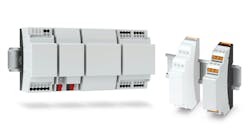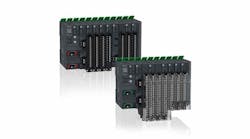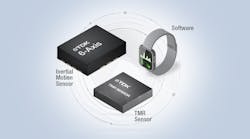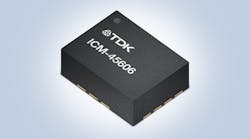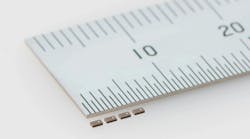How to Eliminate Electrostatic Discharge
Electrostatic discharge (ESD) is a costly nuisance for electronics manufacturers. After all, both the solid-state electronics being assembled and the human or automated tool assembling it build and carry electrical charges. The release of electricity from one to the other can cause irreparable damage to the electronic part.
Even small amounts of static discharge, below the level noticeable by humans, can destroy the electronics being manufactured. In order to successfully manufacture solid-state electronics, therefore, you must know how to properly eliminate electrostatic discharge.
Eliminating Electrostatic Discharge in Electronics Manufacturing
Static charges, both positive and negative, build up in people, animals, and inorganic materials. Some materials—such as people, plastics, styrofoam, and electronic devices—gather significant charges. When positive and electric charges have a chance to equalize, they will flow through every path available to do so—including your circuit board.
You’ve felt this phenomenon yourself, as a static shock. It’s the same as a bolt of lightning. Discharges far smaller than even a static shock are enough to damage an electronics assembly. Severe or repeated discharges will render circuity inoperable, and even ESD voltages below 200v can damage semiconductors by destroying gate oxides.
Certain process guidelines should be followed to prevent accidental discharge. In addition, special equipment must always be used to prevent the transmission of static electricity when manufacturing electronics.
These considerations should be considered a simple cost of doing business. While they do raise a plant’s overhead, without a mechanism to consistently prevent ESD, that same plant stands to lose money in the long run due to lost product and a high defect rate. Average product loss rates from ESD have been estimated to be between 8-33%.
On top of obviously damaged products, ESD can also cause latent damage in electronics. This damage can cause failure when the product is in the hands of the consumer. For sensitive or critical electronics applications, such as implantable medical devices or avionics, failure at this phase can have severe repercussions.
Guidelines for Avoiding Electrostatic Discharge
The best way to prevent electrostatic discharge is by stopping potential from building in the first place. While it’s not possible to entirely neutralize every source of electrical charge in a working manufacturing plant, you can reduce the potential by following a few best practices:
- Keep electronic equipment away from blowing air, as it increases electric accumulation. As such, any electronics assembly should be separated from fans and HVAC systems, and electronics should not be cleaned with compressed air.
- Keep electronics away from plastics and other synthetic materials which accumulate electric charges.
- Install a grounding system designed for low voltage dissipation. To find the standards regarding the prevention of static discharge, consult the National Fire Protection Association.
- Treat floors, especially carpets and rugs, with anti-static compounds. Remove carpets and rugs where possible.
In addition to following these guidelines, consider investing in equipment which is helpful for reducing electrostatic discharge.
Equipment for Preventing Electrostatic Discharge
Three primary pieces of equipment are necessary to prevent electrostatic discharge during manufacturing:
- Electrostatic wrist and heel straps for tool operators
- Electrostatic-safe tools
- Anti-static floor mats
Electrostatic wrist and heel straps are simple, inexpensive devices your operators should wear while working on or near electronic manufacturing. These antistatic devices work to continuously ground the person wearing them. In other words, they prevent electrostatic discharge by stopping an electric charge from ever building up.
Another piece of equipment for preventing ESD is the anti-static floor mat. These mats work to stop electricity from building up in workers from contact with the floor. In plants with particularly sensitive electronics or floors with high static potential, these mats become an essential addition.
Manufacturing electronics is a careful business. The circuit boards and assemblies created are delicate, requiring precise control during manufacturing and the use of protective safeguards. Electrostatic discharge can damage electronics and hurt a plant’s bottom line. As such, it is critical that manufacturers follow best practices and employ special equipment to prevent ESD.

